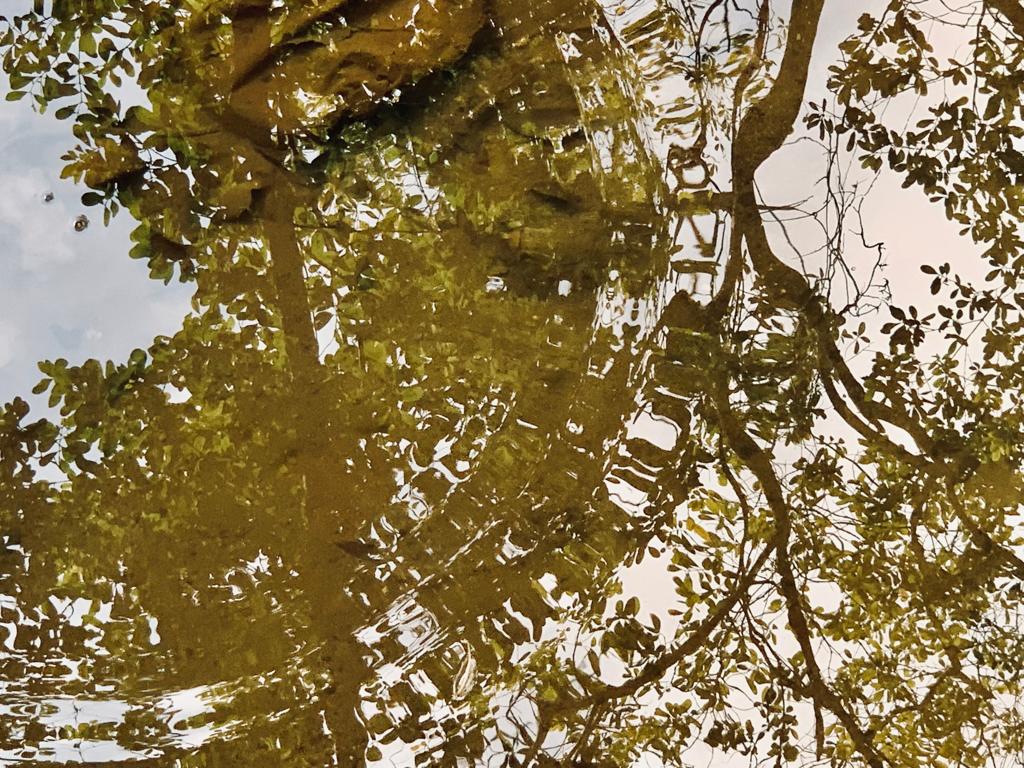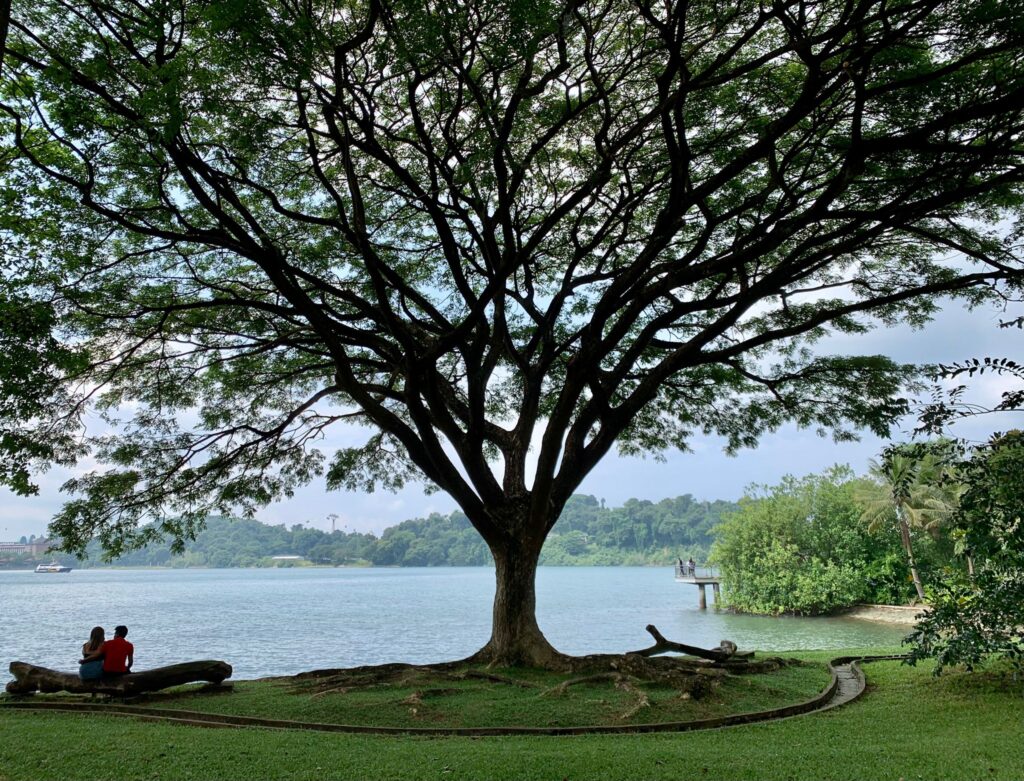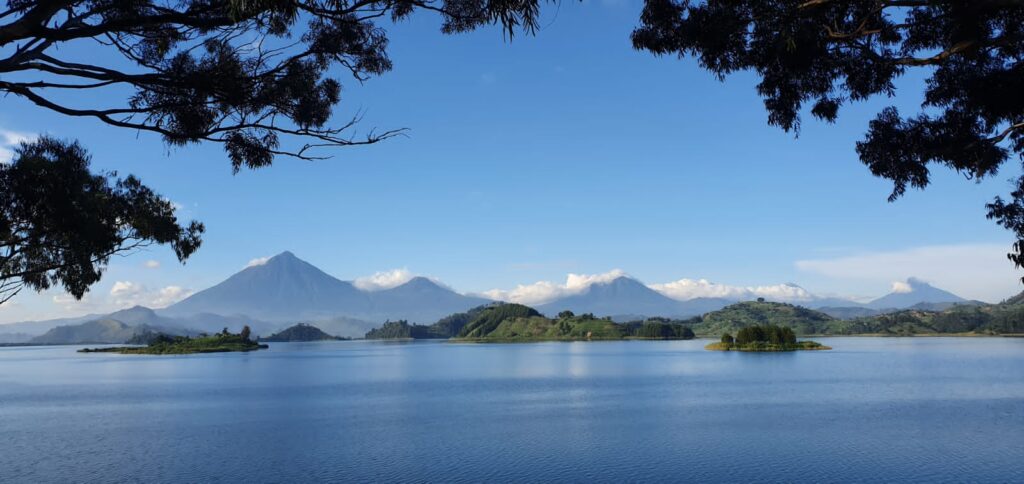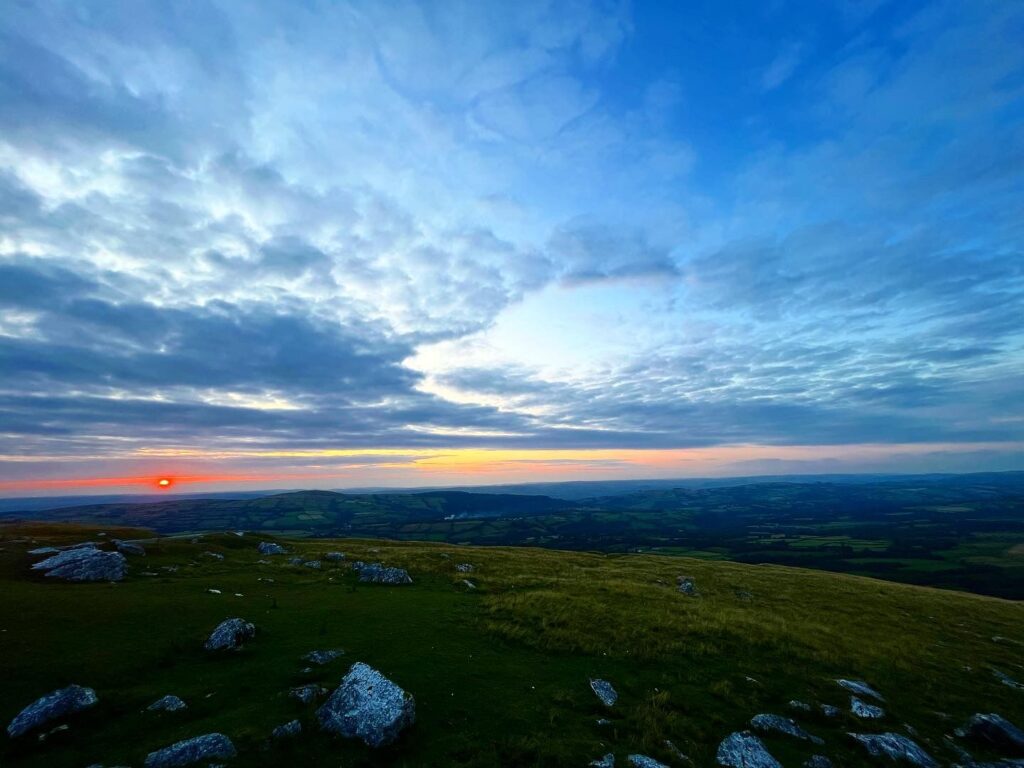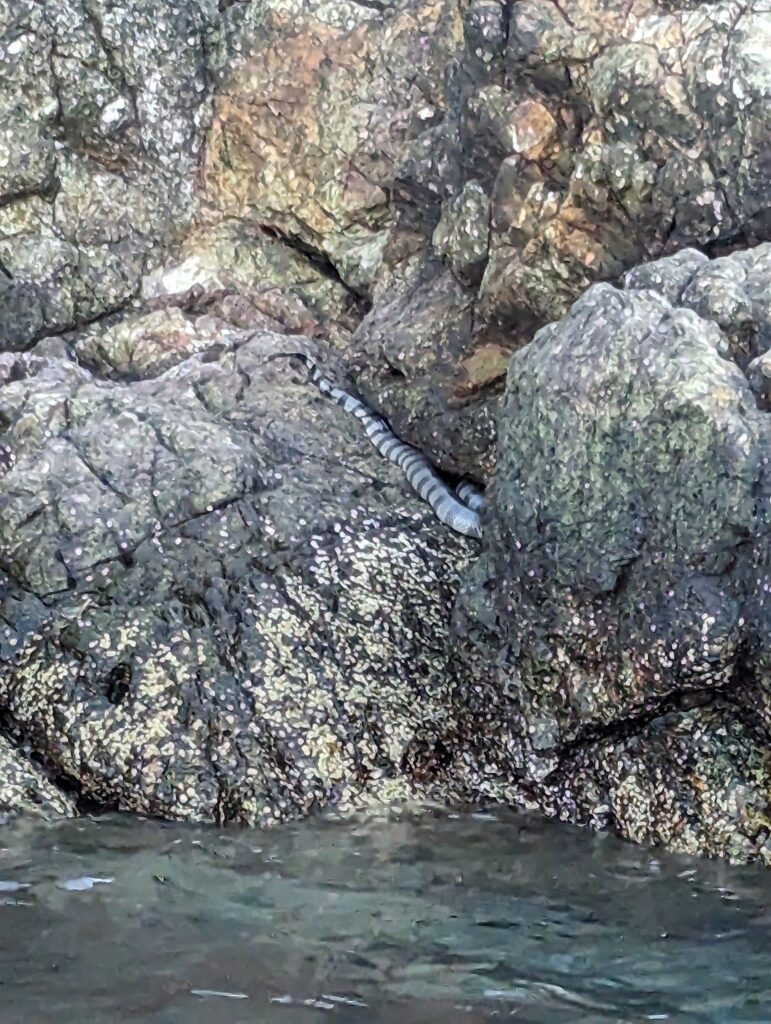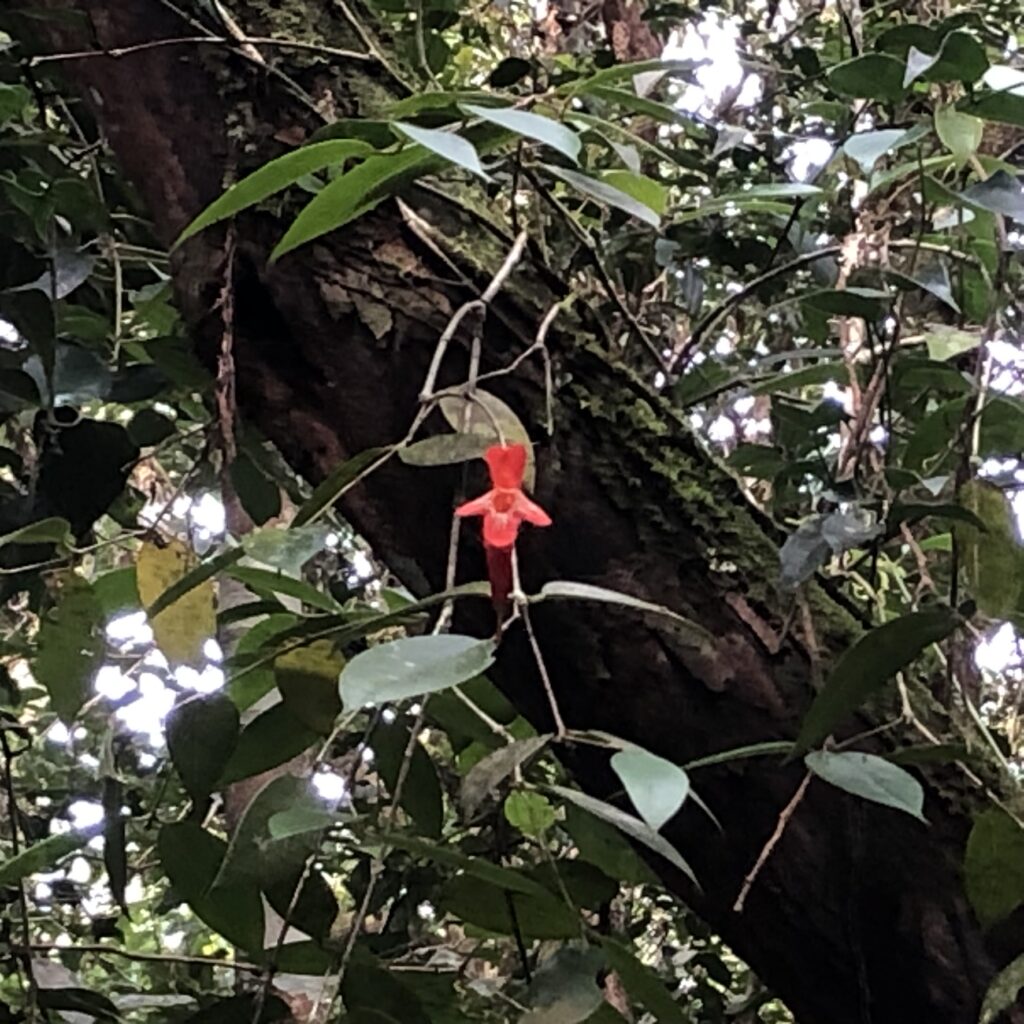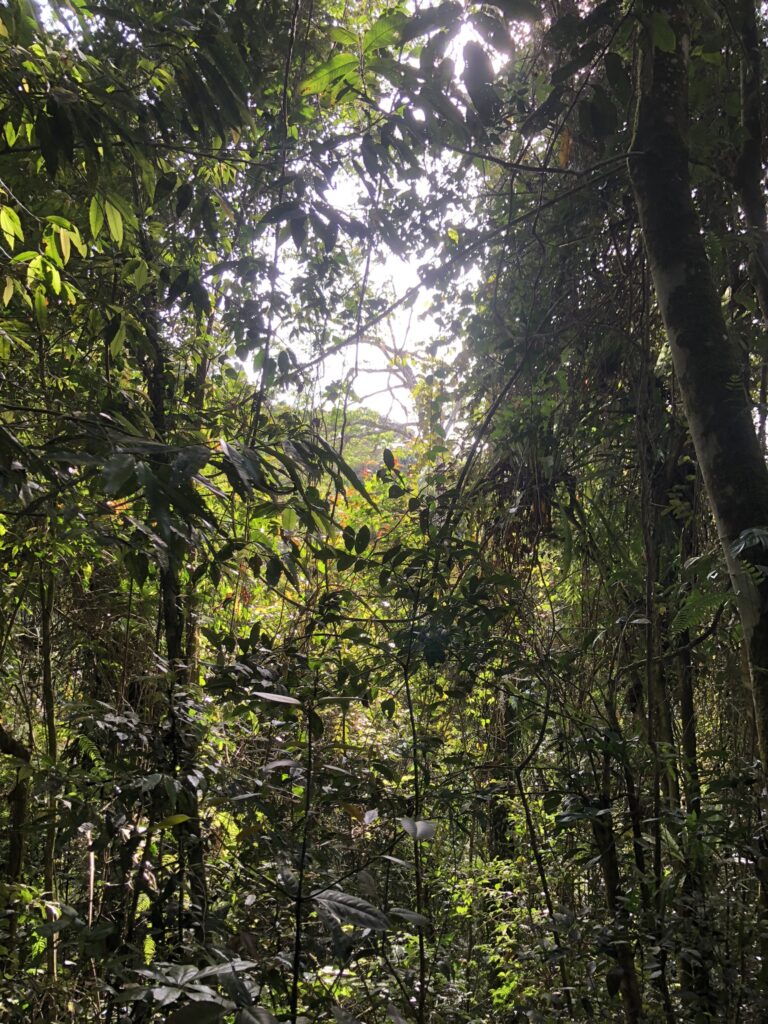“Suppression can be used positively and strategically to enhance our effectiveness and wellbeing in life, whereas repression almost always results in long term inner turbulence and interference in our ability to see and work with our present life as it is”
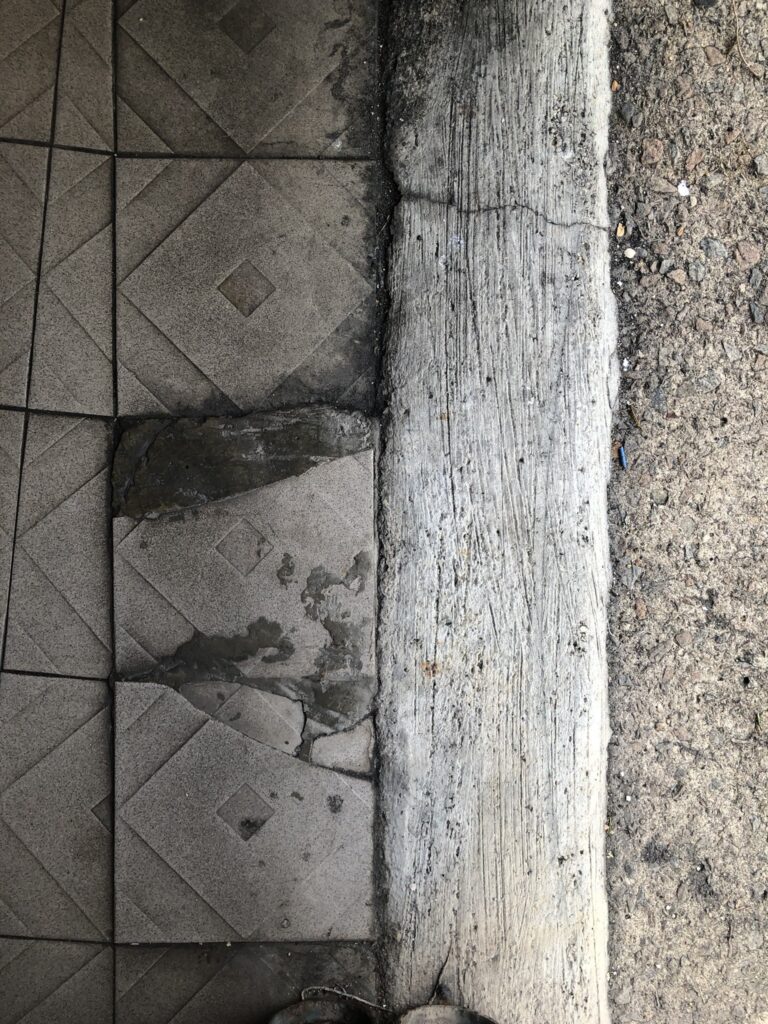
Dear Integral Meditators,
The distinction between suppression & repression is an important one for preserving our overall sense of inner balance & harmony. One requires temporarily foregoing emotional expression, the second engaging emotion that we might not want to face.
If you enjoy the article, then do consider coming along for the Therapeutic mindfulness course starting next week. The aim in a nutshell is to re-wire your relationship to your past in order to engage your present & future with vitality & enthusiasm.
Also, quick reminder of the workshop this weekend: Meditations for connecting to the Tree of Life, and growing your own personal Life Tree
In the spirit of controlled flow,
Toby
Suppression & repression – the difference, & it’s importance
Why is it important to know the importance between these two?
Its important to know the difference between these two because one can be used positively and strategically to enhance our effectiveness and wellbeing in life, whereas the other almost always results in longer term inner turbulence and interference in our ability so see and work with our present life as it is.
What does it mean to supress?
Speaking in emotional terms, to supress means to be aware that you have that emotion, and to exert self-control in order not to express it in the moment, for example:
- I might be very angry, but refrain from expressing it right now
- I might feel sad, but put on a ‘brave face’
- I might feel affection and want to hug someone, but it just might not be appropriate for the situation
Conscious suppression enables us to go away with our feelings and deal with them later, in a way that is appropriate. It prevents us doing things that we may later regret or consider unhelpful. Done skillfully, we can consider it a good ability to have! This is with the caveat that, having suppressed the emotion we do not then repress it…
What does it mean to repress?
To repress an emotion (or an experience that brings up painful emotion) means to push it out of our conscious awareness, and into our unconscious. It means to ‘pretend’ to ourself that the emotion and/or related experience does not exist, that we do not, in fact have then at all.
- I am angry, but when asked, “Anger, what anger? Why would I be angry”
- Rather than consciously putting on a brave face while feeling sad, I simply am not sad (even though I am)
- I am scared by my affection for someone enough to simply squash it and pretend I don’t have it
Repression constricts and uses up our energy (to repress takes effort). It means we have to lie to ourselves. It messes up our rational thinking, turning it into rationalisation of the denial we want to be true. It often results in our feeling and expressing other surface emotions that are really all about the repressed emotion, for example:
- I am angry (the repressed), so I react by feeling sad and bursting into tears (the expressed)
- I am sad (the repressed), so I lash out and attack my colleague (the expressed)
Repression makes us suffer, often unconsciously. It makes us less capable in the face of reality. It can create unhealthy physical habits, and in the longer term it can even start to cause physical health issues.
Can you supress & then repress?
Of course, you can supress and emotion that you know you’re having, and then conveniently ‘forget’ about it later through repression.
Observing your own habits & patterns mindfully
So, the thing here is on a practical level start to watch yourself in real time and assess your patterns of repression and suppression. Just observe honestly and notice if you are using suppression in a healthy or unhealthy manner, and what emotions/experiences you tend to outright repress. Re-working your habits in this domain will serve you well for the rest of your life!
Processing old repressions
Of course, all of us have a bunch of repressions from or recent and distant path. Part of the function of Therapeutic Mindfulness is to dig these out and bring them to resolution, so that they stop interfering with our present life and our aspirations for the future. You can see a recent reflection of mine on my own inner child process by clicking the link. The effect of processing past repressions is almost always a resurgence of life force, and an enhanced sense of the joy of being alive.
If you enjoy this article, then do consider participating in my new course An introduction to therapeutic mindfulness & meditation – Re-discovering your inner vitality & joie-de-vivre. It starts 26/27th Sept, and can be participate on live, online or via recording.
Related article: From resignation to positive acceptance
Article © Toby Ouvry 2019, you are welcome to use or share this article, but please cite Toby as the source and include reference to his website www.tobyouvry.com
Special Coaching Offer for the Month of September – Free 20minute coaching session with Toby
For the remaining two weeks of September Integral Meditation Asia is offering free 20minute coaching sessions with Toby!
If you have been interested in the idea of getting some personal coaching on a particular issue or challenge, and/or want to explore what 1:1 meditation coaching can do for you in terms of both your quality of and direction in life, this is a great opportunity to find out what it is like with Toby. These 20minute sessions can be done on Zoom or via Whatsapp.
You can find read the general write up of Toby’s Life-fullness Coaching here, & his other forms of coaching here.
You can read feedback and reviews from Toby’s coaching sessions here.
To arrange your 20minute session or for further enquiries: Email info@tobyouvry.com, or W-App65-96750279
Integral Meditation Asia
Online Courses * 1:1 Coaching * Books * Live Workshops * Corporate Mindfulness Training *Life-Coaching * Meditation Technology
